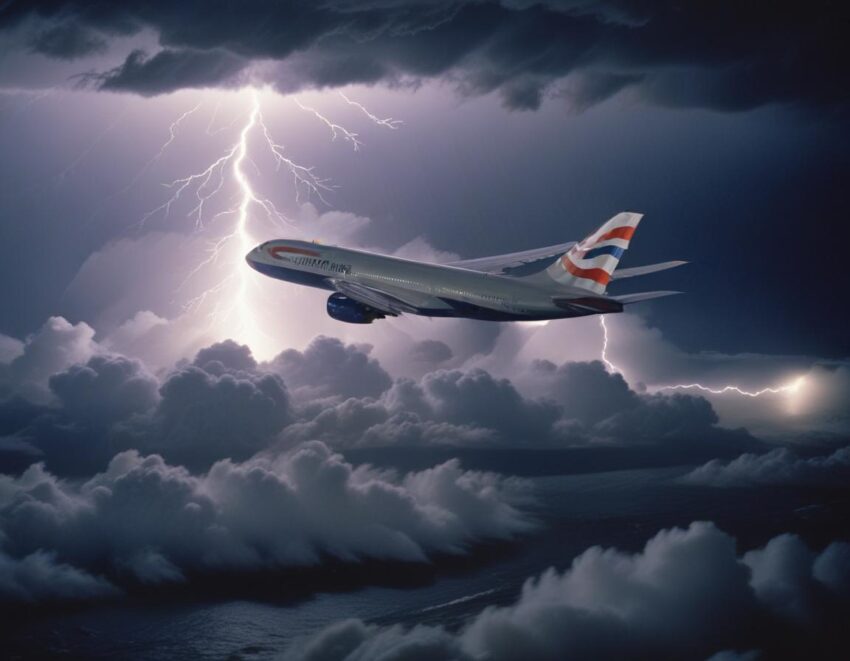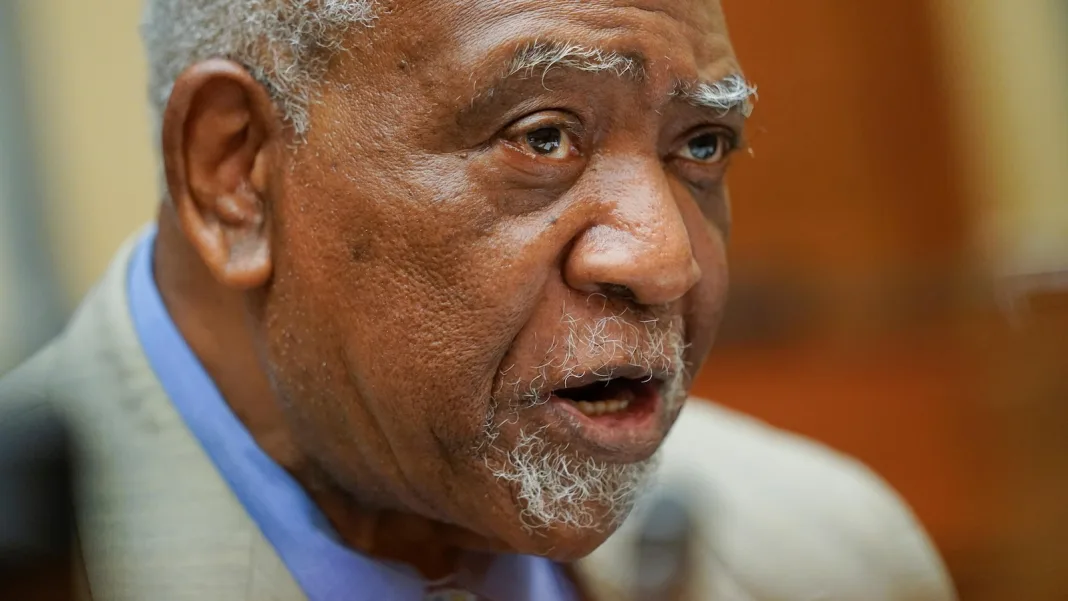Thursday, July 31, 2025

British Airways Flight BA115, traveling from London Heathrow to New York JFK, was diverted to Philadelphia International Airport due to severe weather conditions on July 30, 2025. Passengers were stranded after the flight was unable to proceed to its final destination due to operational constraints. The airline informed passengers that they were responsible for arranging their own travel to New York, causing frustration and confusion. This incident highlights the challenges airlines face when dealing with extreme weather and the disruption it causes to passengers.
Flight Diverted to Philadelphia After Weather Worsens
The British Airways Boeing 777 was scheduled to land at John F. Kennedy Airport (JFK) in New York at around 5:35 PM on July 30. However, as the aircraft descended to approximately 900 feet, pilots had to abort the landing due to worsening thunderstorms over the airport. The heavy summer storms at JFK made it impossible to safely land the plane, leading the flight crew to divert to Philadelphia International Airport (PHL), about 116 miles from New York.
Despite the safe landing, the situation quickly became complicated. The airline made the decision to terminate the flight in Philadelphia due to the ongoing weather issues in New York and concerns over exceeding the legal crew duty limits. This meant that the flight would not continue to New York, and passengers would have to make alternative travel arrangements.
Passengers Left to Arrange Their Own Travel to New York
Once the flight touched down at Philadelphia International Airport, passengers were informed that the flight would be terminated, and there would be no further attempt to reach New York. According to British Airways, the severe weather conditions at JFK were causing significant delays, and attempting to continue the flight would put both passengers and crew at risk.
To make matters worse, the airline was unable to arrange alternative ground transport for the passengers. British Airways explained that they could not secure buses, taxis, or other forms of transport to help passengers reach their final destination in New York. As a result, passengers were instructed to make their own arrangements to get to JFK, with no assistance or compensation from the airline for the inconvenience.
British Airways’ Communication with Passengers
The British Airways team attempted to keep passengers informed, sending emails explaining the situation and the reasons for the diversion. However, many passengers were left frustrated by the lack of assistance and unclear instructions. Without any support from the airline to reach New York, some travelers were forced to scramble to find their own transport, facing an uncertain journey ahead.
Many passengers also expressed concern about the lack of communication at the airport after landing. With no clear guidance on what to do next, confusion spread among travelers. The incident sparked anger among those who expected better support from an airline of British Airways’ stature, especially after experiencing such a stressful and unexpected disruption.
Challenges of Handling Severe Weather and Its Impact on Passengers
This event highlights how severe weather can severely disrupt flight schedules and operations, causing ripple effects across the airline industry. While flight diversions due to weather are not uncommon, handling large numbers of stranded passengers without clear communication and assistance is a challenge many airlines struggle with. The decision to terminate the flight in Philadelphia was made to ensure safety, but it also left passengers frustrated and stranded in a city far from their intended destination.
Airlines are under increasing pressure to provide timely information and support during these situations. With passengers increasingly relying on smartphones and social media for updates, many travelers expect quick responses and assistance, especially when their travel plans are disrupted. British Airways and other airlines must consider the importance of real-time communication and support in such emergencies.
The Role of Weather in Flight Operations
Weather is an unpredictable and unavoidable factor in air travel, and airlines must have contingency plans to handle severe conditions. Thunderstorms, high winds, and other weather events can cause flight delays, cancellations, and diversions. Airlines must ensure they are prepared for all possibilities and have processes in place to manage disruptions effectively.
The decision to divert a flight is never taken lightly. Pilots, crew members, and airline operations teams work together to ensure safety during such events. However, the lack of proper assistance for passengers once they are diverted highlights a need for improvement in the travel industry. Airlines need to provide clear guidance and swift support when weather events disrupt flights, ensuring that travelers are not left stranded and unsupported in difficult situations.
Conclusion: Navigating Travel Chaos During Severe Weather
The British Airways flight diversion from London to New York serves as a reminder of the challenges airlines face during severe weather. The diversion to Philadelphia International Airport and the subsequent lack of ground support caused significant disruption and frustration for passengers. As the travel industry continues to grow, airlines must prioritize effective communication, clear instructions, and support for travelers during such emergencies. While severe weather can’t be avoided, providing passengers with the tools and resources to navigate these challenges will go a long way in improving their overall experience.







